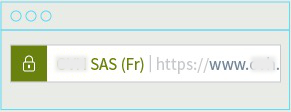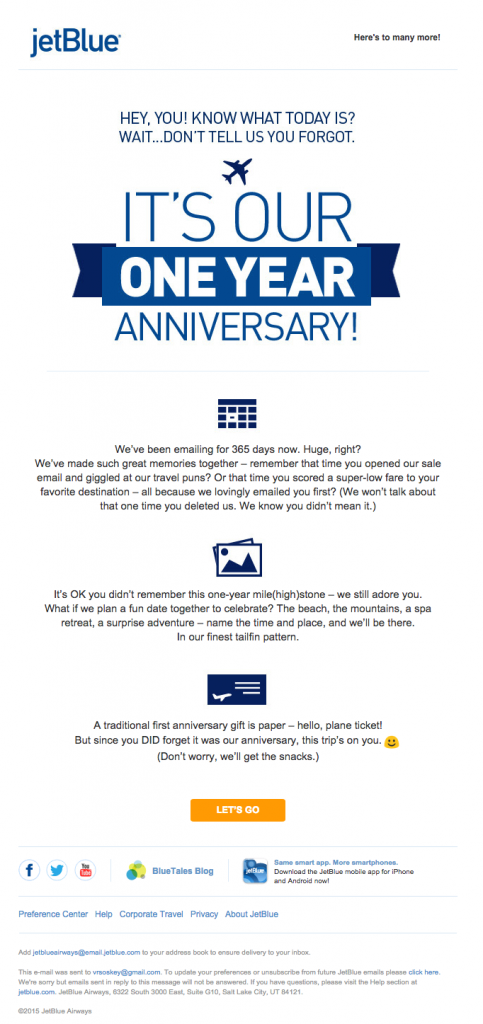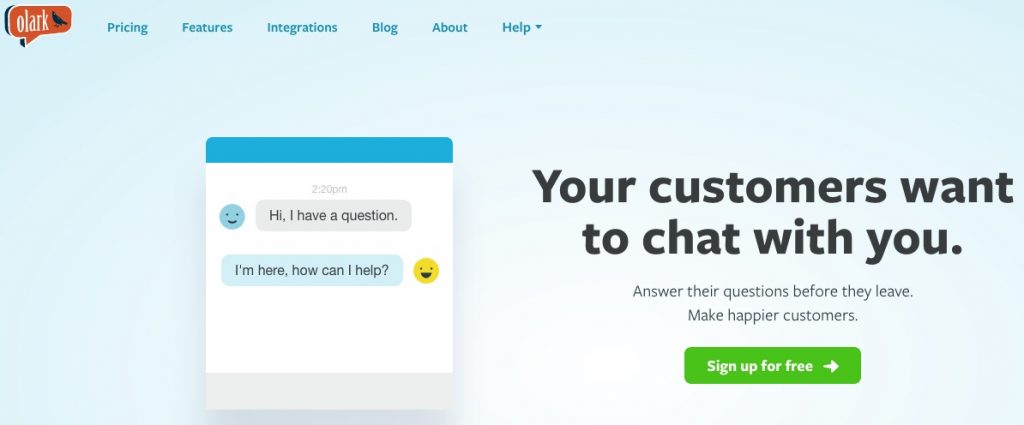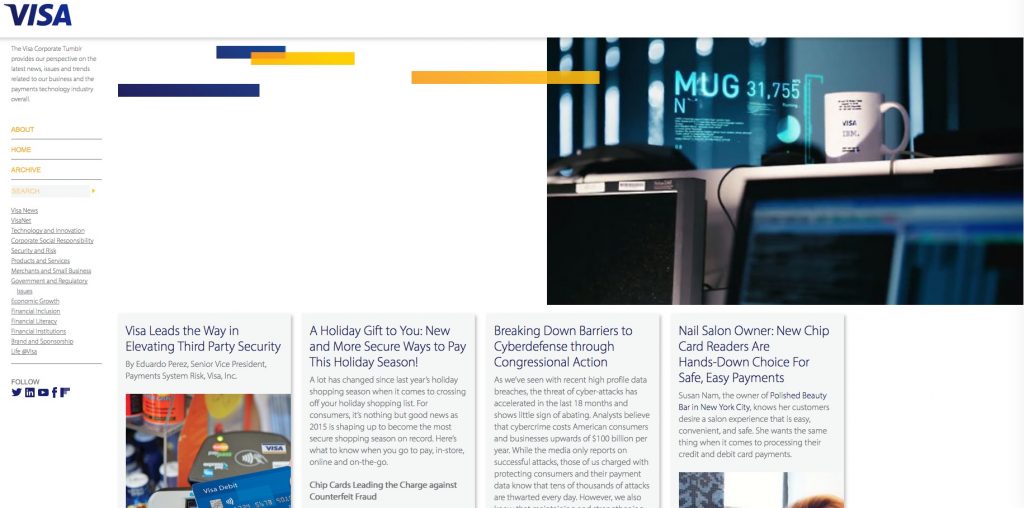E-commerce has many advantages for Internet users – shopping online is fast, convenient and often cheaper than in a physical store. However, e-commerce is struggling to meet a fundamental need: trust.
In a de materialized environment with no human contact, it is much harder to build trust among consumers. And unfortunately, the lack of credibility can be a real bane for the sales of an e-commerce site.
But rest assured, there are several ways to gain the trust of Internet users. Here are 5 detailed tips to achieve this.
If the Internet is a wonderful invention, it is also a breeding ground for scams and data theft. Buying online means revealing a lot of personal information, like your credit card number: no wonder Internet users are particularly suspicious. This is why the security of an e-commerce site is essential.
1) Buy an SSL certificate
SSL certificates allow you to authenticate your site and guarantee its security. There are 3 types:
- The DV certificate : it is the least expensive of the SSL certificates. On the other hand, it has a minimum level of authentication since it only verifies that the applicant really owns the domain he wants to certify. It is the one that allows you to obtain the padlock symbol in the URL bar of a site.

- The OV certificate: more expensive, this certificate verifies not only the ownership of the domain, but also other information about the owning organization (e.g. registration with the trade and company register). It therefore offers superior authentication, but unfortunately this is not clearly visible to your visitors.
- The EV certificate: this is the most secure certificate, with very precise verifications. It is almost indispensable for sites that collect banking information (like e-commerce sites) or sensitive information. Moreover, it allows to have the famous “green bar” next to the URL of the site: a very reassuring element for the Internet users.

Many providers are able to sell you SSL certificates: Let’s Encrypt, Namecheap, Media Temple, Go Daddy or Comodo.
You can also contact your web host directly: most of them can take care of the installation of these certificates.
2) Install your certificate
Depending on your web host and certificate provider, the installation procedures can vary greatly. The web host or provider will usually provide you with specific resources to perform this installation.
3) Choose the pages to secure
In principle, it is imperative to apply your SSL certificate to the pages allowing the collection or the transmission of confidential or banking data. But, in order to guarantee a maximum security and to inspire a total confidence to the Internet users, the best solution is to authenticate the whole web site.
4) Don’t forget to edit your links
Once you have chosen the pages to secure, you will have to modify the links leading to these pages by passing them from http to https.
You can also set up a redirection to send the non-secure pages back to their https equivalent. For this, it is usually enough to implement a piece of code in your .htaccess file:
RewriteEngine on
RewriteCond% {HTTP_HOST} ^ votresite.com [NC, OR]
RewriteCond% {HTTP_HOST} ^ www.votresite.com [NC]
(*). RewriteRule ^ $ https: //www.votresite.com/$1 [L, R = 301, NC]
Once the certificate is installed and your links are switched to https, Internet users will have several concrete visual proofs that your site is secure: an essential element to gain their trust and protect their data.
One of the great advantages of traditional stores compared to e-commerce sites is the human contact: being able to exchange and inquire directly with a salesman is very reassuring for a customer.
On the web, it is therefore crucial to compensate for this and not to be satisfied with a “minimum service” in terms of customer relations: 89% of Internet users say they have already stopped buying on an e-commerce site because of poor customer service.
1) Humanize your emails
E-mails are still an essential tool to contact and be contacted by your customers. However, don’t fall into the trap of automated, cold and impersonal emails: it’s time to personalize and, even better, to humanize them.
- Call your customers by their name, it’s the first step towards a personalized email.
- But don’t forget to name the sender as well, if possible with a picture. Signatures like “XXX’s customer service” or “Your consultant” are to be banned.
- Show your customers that you remember them : send them for example an email at each anniversary date of their registration on your site.

- Show your customers that you know them well: for example, thank them if they are very active users of your site.

In short: make your customers feel that they are real beings human beings who address them, not robots.
Answering emails individually and personally, showing a more human face, is a relatively simple way to gain the trust of Internet users: even if it is more time-consuming and more constraining than automating your customer service, the benefits you will get from it are largely worth it.
Of course, automated and generic emails are still very useful in certain repetitive and usual situations (registration, payment procedures, etc.), just be careful not to abuse them.
2) Be reachable by phone
If contact by email is common, few web companies make themselves reachable by phone: and yet, it is an excellent way to improve your customer relationship and appear more trustworthy.
- First of all, because a phone conversation is much more “human” than an email exchange: hearing the sound of the interlocutor’s voice is very reassuring;
- But also because the telephone allows customers to expose requests or problems that they would have found difficult to put in writing, which could have dissuaded them from contacting you.
3) Set up a chat
Chat is a very useful tool that allows you to communicate directly with your customers via a chat window. And its effectiveness is no longer to be proven: 38% of Internet users having exchanged via chat then make a purchase on the site they are visiting.
Today, many solutions allow to create a support by chat. For the most part, they not only allow your customers to contact you and ask you questions very easily but also offer a detailed analysis of their effectiveness and their impact on the conversion rates of your site.

88% of Internet users look for and consult reviews left by other customers before making a purchase on the Internet, as shown by an Ifop study. You will have understood: reviews and testimonials are an essential lever to gain the trust of your customers online, and this is without counting their interest for the natural referencing of your site (the reviews allow you to feed your site with new content continuously and without effort, which search engines particularly appreciate).
However, to use your customer reviews effectively, there are a few main principles to follow:
- The fake customer reviews are to be banned: it is a counterproductive practice and severely punished by law.
- However, your good faith is not always enough to prove that your reviews are genuine. This is why you can use solutions which allows you to certify the authenticity of your customer reviews and to reassure the Internet users.
- To get more testimonials, don’t hesitate to register your site on platforms dedicated to customer reviews like Trustpilot.
- Respond to your customer reviews as much as possible: this not only serves to prove that you are responsive and listening, but also to stand up for your company and explain yourself in case of negative feedback.
- The negative opinions A site with only positive reviews would only lose credibility, as Internet users have so much experience of e-commerce that they would not be fooled so easily. A site with only positive reviews would only lose credibility, as Internet users are now so experienced in e-commerce that they would not be fooled so easily. On the other hand, negative reviews are unavoidable (know that when an Internet user makes the effort to type a review on his keyboard, it is much more often to express his dissatisfaction than his satisfaction) and they must be exploited to improve and regain the trust of your customers (by working in particular on the various points discussed in this article).
Security is only the first step to gain the trust of Internet users: you must also convince them of the quality of your products and services. For this, content creation is your best weapon.
Of course, depending on your industry, your image and many other parameters, there are many ways to do content marketing. But there is one golden rule to follow: create relevant content. This means that it must be coherent with your site and your activity, but also that it must be interesting and useful for Internet users.
If your e-commerce site sells products from a specific sector, focus on it and assert yourself as an expert a reference in this field by relaying its news, by giving good advice, etc. Your credibility – and therefore the trust of Internet users – will be enhanced.
To do this, the most obvious solution is to keep a blog: far from only serving to improve your natural referencing, the blog can also be a remarkable tool to gain the trust of Internet users.

Visa understands this with its blog that focuses specifically on computer security, new payment technologies, etc.
After all, it is never very reassuring to transmit personal and banking information on the Internet: by establishing itself as an expert on security issues who is informed about all the latest developments in this field, Visa gives credibility to its payment systems and inspires confidence in its blog visitors.
Another example is that of Peugeot, which has established itself as an automotive expert on its blog.
If there’s one thing Internet users don’t like when shopping online, it’s not being told everything: be transparent, especially about your prices. We have all had the unpleasant surprise of discovering at the last moment, just as we were about to pay, additional costs that we were not aware of (delivery costs, administration costs…)
Even worse, some sites wait until you have completed many tedious steps before announcing that their services are not free.
Do not fall into this trap, at the risk of losing many customers who were interested in your site, but especially of losing their confidence! Internet users must be able to easily access the following information:
- The price of your items or services;
- The amount of the possible shipping costs ;
- Your return policy;
- Any special conditions that may apply to your site.
With these 5 tips, you’ll have much less trouble convincing users of the reliability of your site and turning them into real customers!